Ever wondered why some people seem to have that perpetual glow whilst yours feels a bit lacklustre? Have you considered a chemical peel but aren’t quite sure how often you should be booking in for treatments? Are you curious about whether these popular skin treatments might be the answer to your skin concerns?
Chemical peels have become increasingly popular across Australia, from Melbourne’s bustling beauty clinics to Sydney’s high-end dermatology practices. These facial skin peeling treatments offer a powerful way to refresh and rejuvenate your complexion, tackling everything from fine lines to stubborn pigmentation. But with so many options available, understanding the right frequency for your skin type and concerns can feel overwhelming.
Understanding Chemical Peels
A skin peel for face treatments works by applying a specialised solution to remove the outer layers of dead skin cells, revealing fresher, smoother skin underneath. Think of it as a more intensive version of exfoliation that goes beyond what your regular scrubs can achieve. These treatments use various acids at different strengths to target specific skin concerns.
-
- Alpha hydroxy acids (AHAs) like glycolic and lactic acid for gentle exfoliation
- Beta hydroxy acids (BHAs) such as salicylic acid, perfect for acne-prone skin
- Trichloroacetic acid (TCA) for medium-depth treatments
- Phenol peels for the most dramatic results (though these require significant downtime)
Does a Chemical Peel Hurt?
Let’s address the elephant in the room – does a chemical peel hurt? The short answer is: it depends on the type and depth of the peel you’re having. Most people describe the sensation as a mild tingling or warmth during lighter peels, whilst deeper treatments can feel more intense.
Superficial peels typically cause minimal discomfort. You might feel a slight stinging sensation when the solution is first applied, similar to using a strong toner. This usually subsides within minutes, and many clinics use fans or cooling devices to keep you comfortable. Medium-depth peels create more noticeable sensations – think of it as a sunburn-like feeling that can last throughout the treatment and for a short time afterwards.
How Often Should You Get a Chemical Peel?
The golden question – how frequently should you book your skin peeling facial appointments? Australian dermatologists generally recommend different schedules based on the type of peel and your skin’s specific needs. There’s no one-size-fits-all answer, but there are helpful guidelines to follow.
For light peels using AHAs or mild BHAs, you can typically have treatments every 2-4 weeks. These gentle options work well for maintaining healthy skin and addressing minor concerns like dullness or mild congestion. Many people find that monthly treatments fit perfectly into their skincare routine without causing irritation or excessive downtime.
Chemical Peels vs Other Skin Treatments
When considering your skincare options, you might wonder about chemical peel vs micro needling or chemical peel or laser treatments. Each approach offers unique benefits, and understanding the differences helps you make informed decisions about your skin.
The comparison of microdermabrasion vs microneedling vs chemical peel reveals even more nuances:
- Microdermabrasion provides the gentlest exfoliation with virtually no downtime
- Chemical peels offer more dramatic results but may require recovery time
- Microneedling sits somewhere in between, with moderate downtime and excellent results for texture concerns
Medical Peels vs At-Home Options
The difference between a professional medical peel and DIY options is significant. Whilst at-home peels have their place in a good skincare routine, they simply can’t match the strength and precision of professional treatments. Medical-grade peels use higher acid concentrations and often combine multiple ingredients for enhanced results.
Professional treatments also come with the expertise of trained practitioners who can assess your skin’s response in real-time. They’ll adjust the treatment intensity, neutralise the acids at the perfect moment, and provide appropriate aftercare guidance. This level of customisation and safety monitoring isn’t possible with at-home products.
Chemical Peels for Different Areas and Conditions
Whilst facial treatments get most of the attention, chemical peels work wonderfully on other body areas too. A chemical peel for hands can dramatically improve age spots and sun damage, revealing smoother, more youthful-looking skin. The hands often show ageing signs earlier than the face, making them excellent candidates for regular peeling treatments.
For those dealing with acne, a chemical peel for acne a dermatologist supervision offers powerful results. Salicylic acid peels penetrate deep into pores, clearing out debris and reducing inflammation. Regular treatments can significantly improve both active breakouts and post-inflammatory marks. Some practitioners even recommend a TCA peel every 2 weeks for stubborn acne cases, though this aggressive approach requires careful monitoring.
Creating a Safe Chemical Peel Schedule
Developing a sustainable treatment schedule requires balancing desired results with skin health. Start conservatively, especially if you’re new to chemical peels. Your skin needs time to adjust, and rushing the process can lead to irritation, sensitivity, or even scarring.
A typical progression might look like this:
- Begin with a gentle AHA peel every 4 weeks
- After 2-3 treatments, assess your skin’s tolerance
- Gradually increase strength or frequency if needed
- Consider alternating between different peel types for comprehensive results
- Always allow adequate healing time between sessions
Choosing a Chemical Peel Provider in Australia
Selecting the right professional for your skin peels on face treatments can make all the difference in your results and safety. In Australia, both dermatologists and qualified aestheticians offer chemical peel services, but the level of training and available treatment options can vary significantly.
When researching chemical peels or any other Australian city, look for providers with proper credentials and extensive experience. A good practitioner will always conduct a thorough consultation before recommending any treatment. They should ask about your medical history, examine your skin carefully, and discuss realistic expectations for your results.
Aftercare Between Treatments
Proper aftercare extends the benefits of your facial peel for pigmentation and other concerns, whilst preparing your skin for future treatments. The first 48-72 hours post-peel are crucial. Your skin will be more sensitive and vulnerable to damage, requiring gentle handling and protection.
Essential aftercare steps include:
- Using only gentle, fragrance-free cleansers and moisturisers
- Applying broad-spectrum SPF 30+ sunscreen religiously
- Avoiding active ingredients like retinoids and acids temporarily
- Skipping makeup for at least 24 hours after treatment
- Staying hydrated and avoiding excessive heat or sweating
Maximising Long-Term Results
Achieving and maintaining excellent results from your skin peel face treatments requires a holistic approach. Think beyond individual treatments to create a comprehensive skincare strategy that supports your skin’s health year-round. This includes not just your peeling schedule but also your daily routine, lifestyle factors, and realistic expectations.
Consistency proves more valuable than intensity when it comes to chemical peels. Regular, appropriate treatments yield better long-term results than sporadic aggressive sessions. Work with your practitioner to develop a treatment calendar that fits your lifestyle and budget whilst delivering steady improvements. Many find that planning treatments quarterly with lighter maintenance options in between strikes the perfect balance.
Conclusion
Understanding how often to get chemical peels doesn’t have to be complicated when you have the right information and professional guidance. From gentle monthly treatments to intensive annual procedures, there’s a schedule that suits every skin type and concern. The key lies in starting slowly, listening to your skin, and working with qualified professionals who prioritise your long-term skin health.
Ready to take the next step? Book a consultation with a qualified dermatologist for chemical peels in Preston. They’ll assess your unique needs and create a personalised treatment plan that delivers the results you’re after whilst keeping your skin healthy and happy. Remember, beautiful skin isn’t achieved overnight, but with the right approach to chemical peels, you’re on your way to the complexion you’ve always wanted.

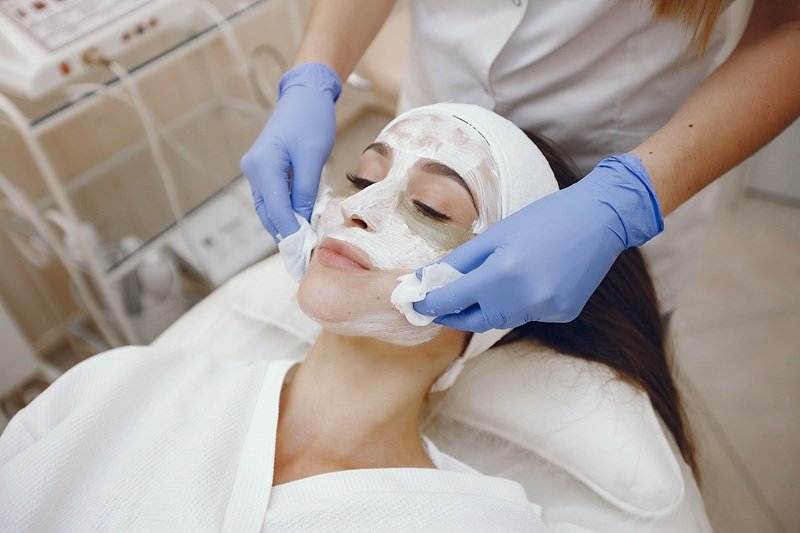


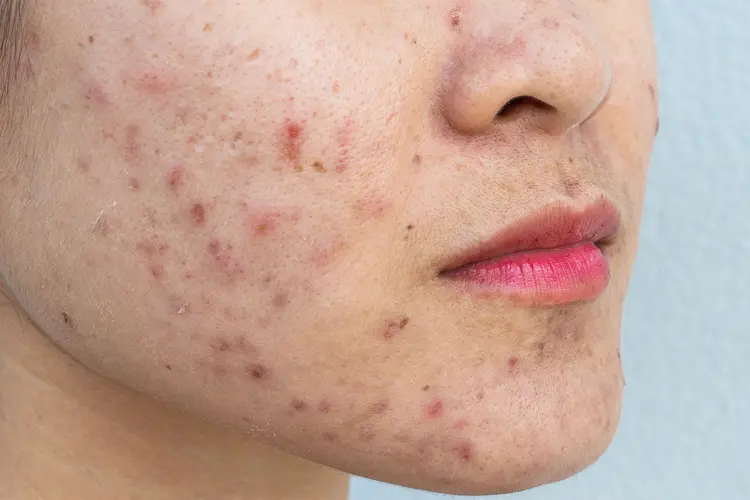

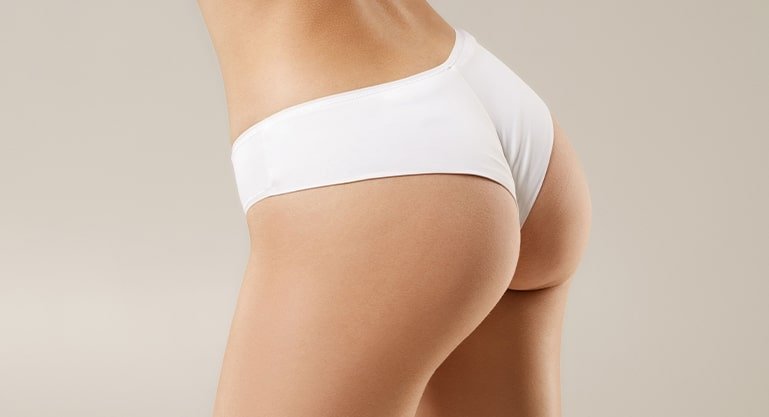

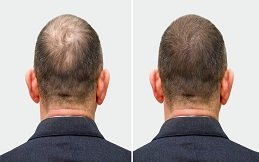

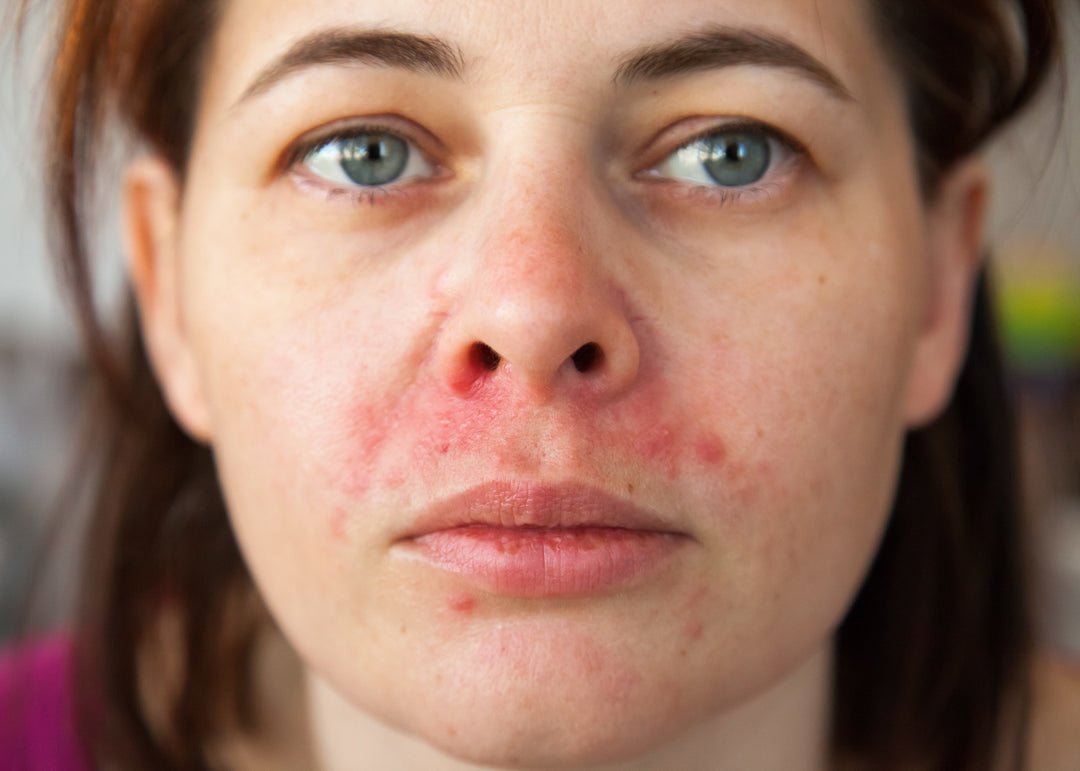
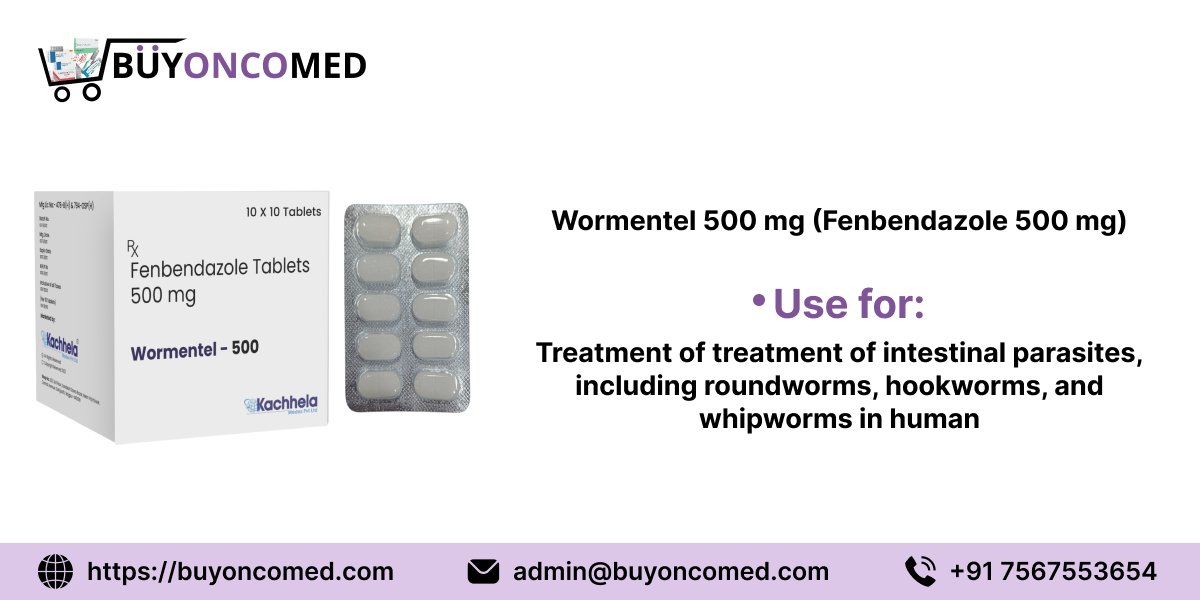
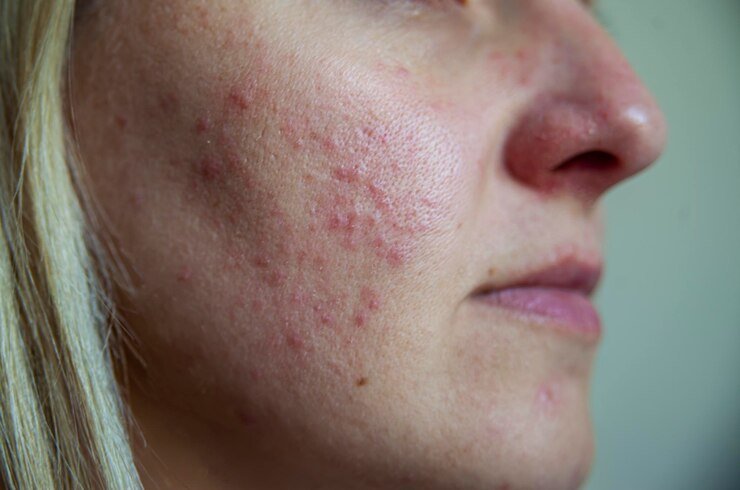



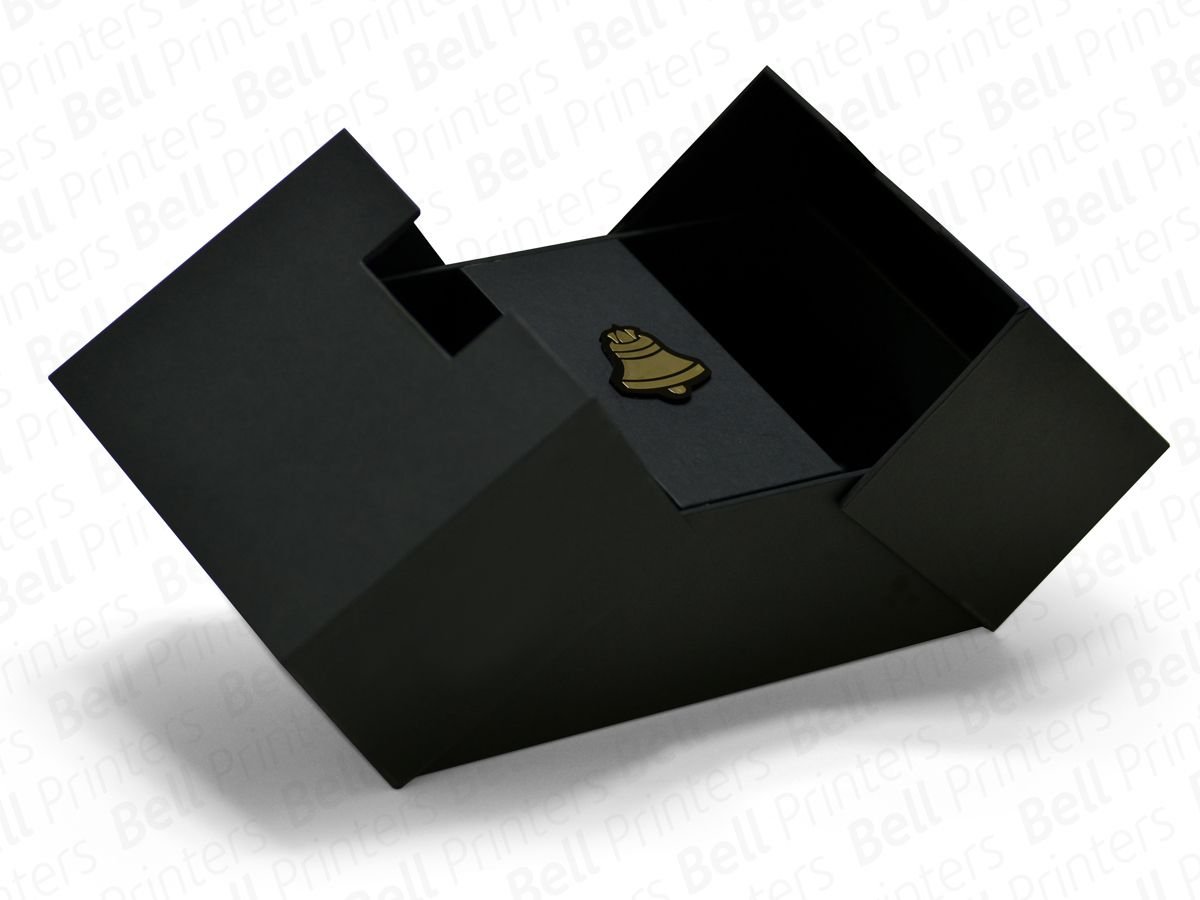
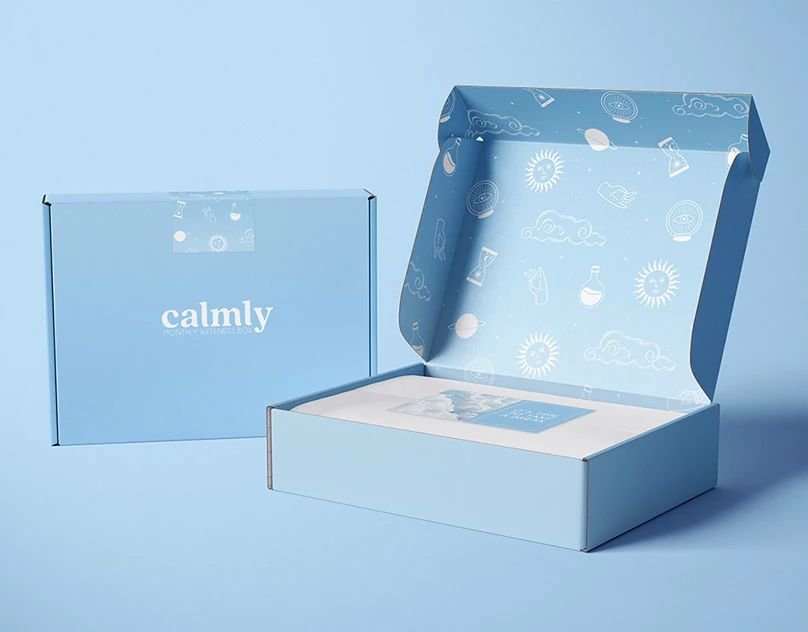
Leave a Reply